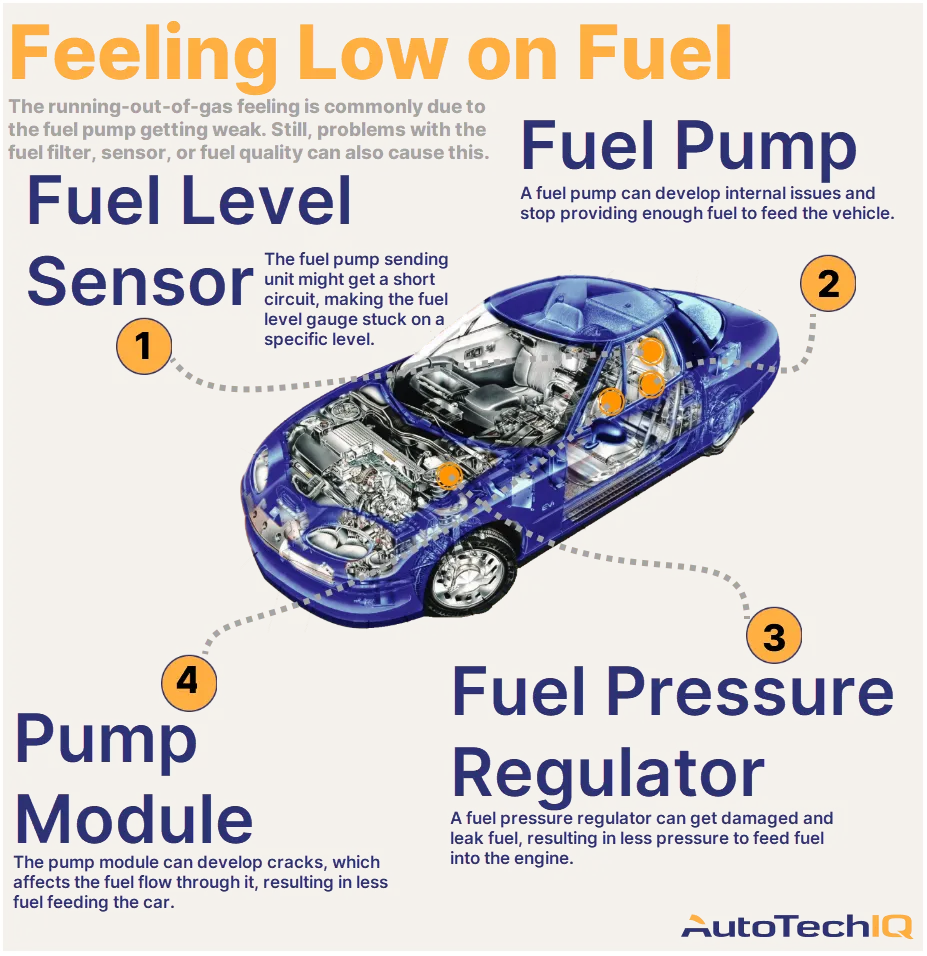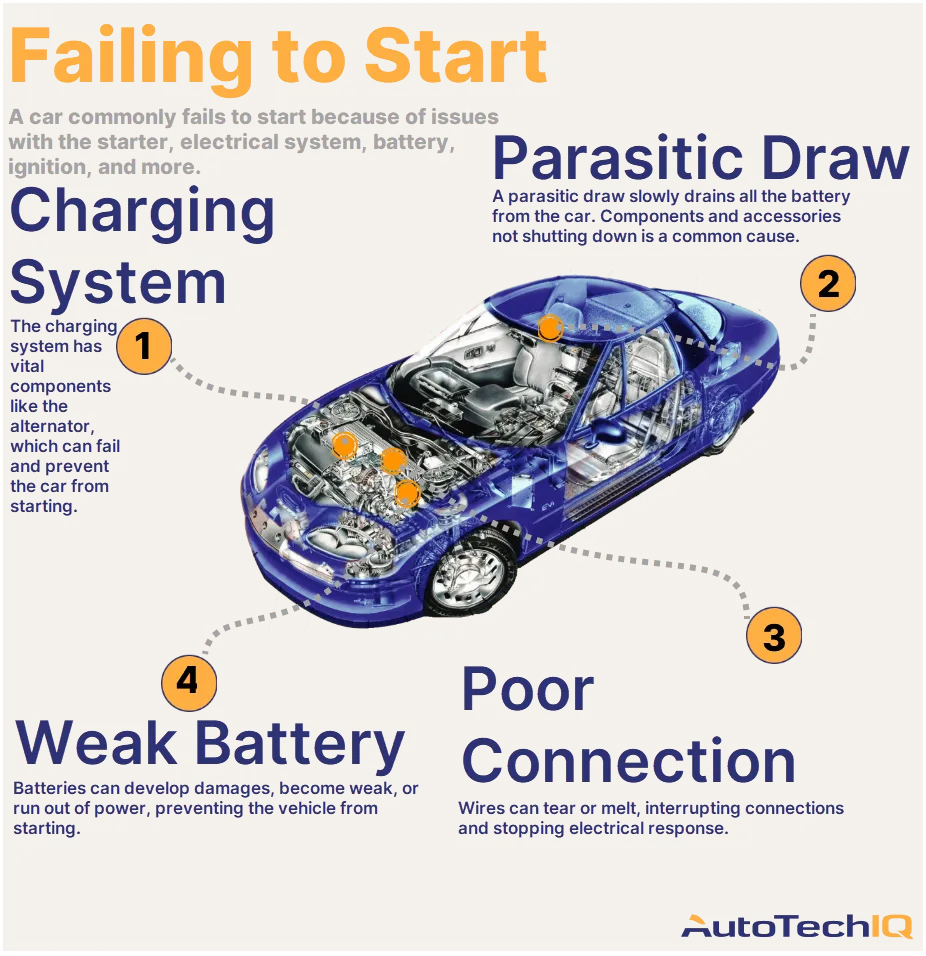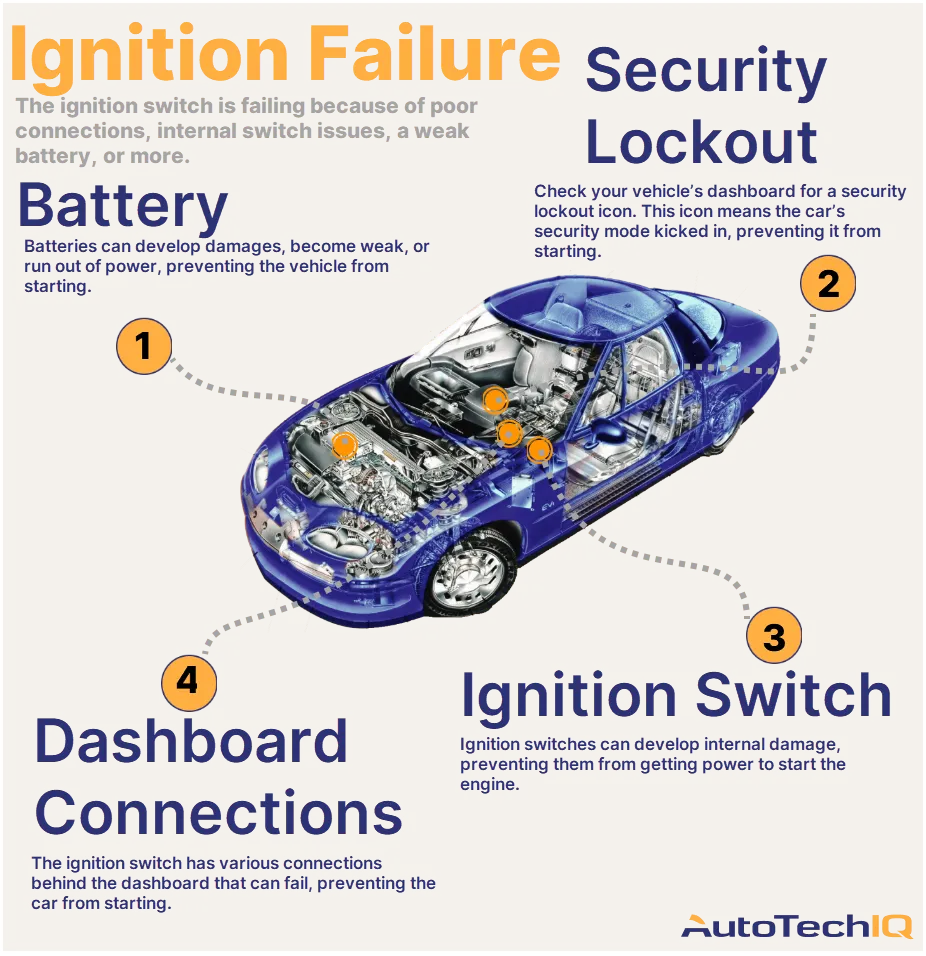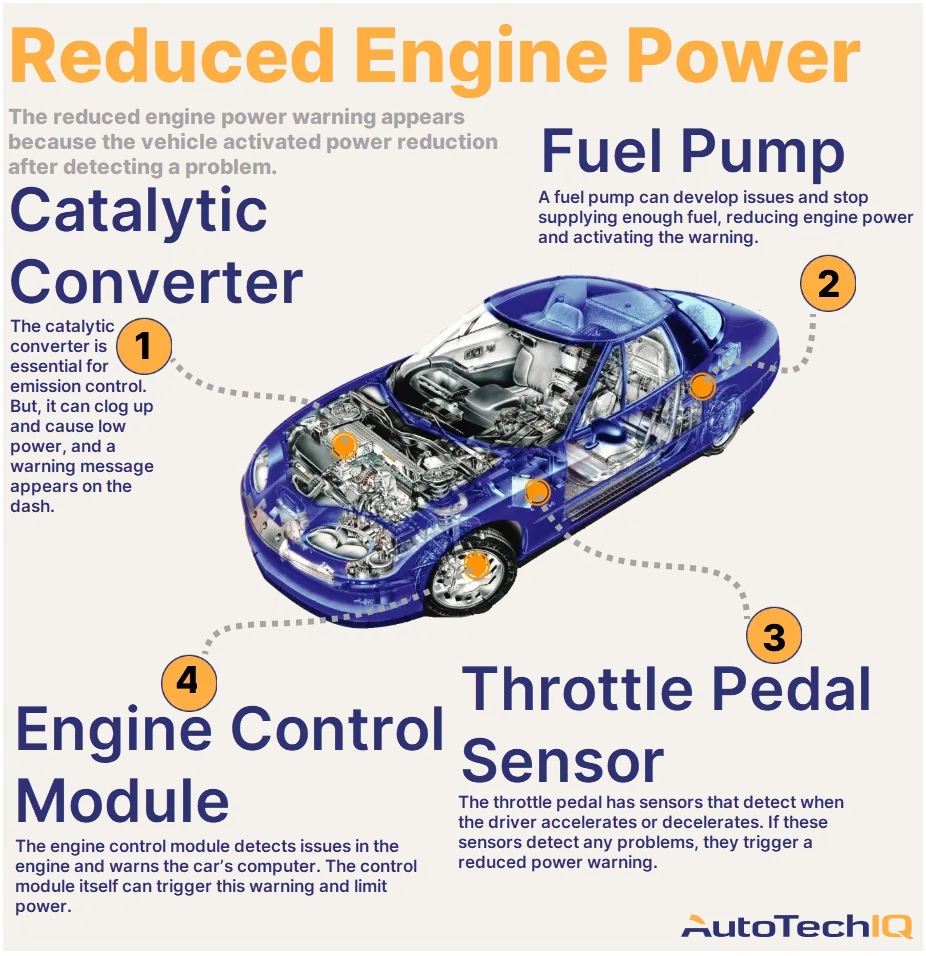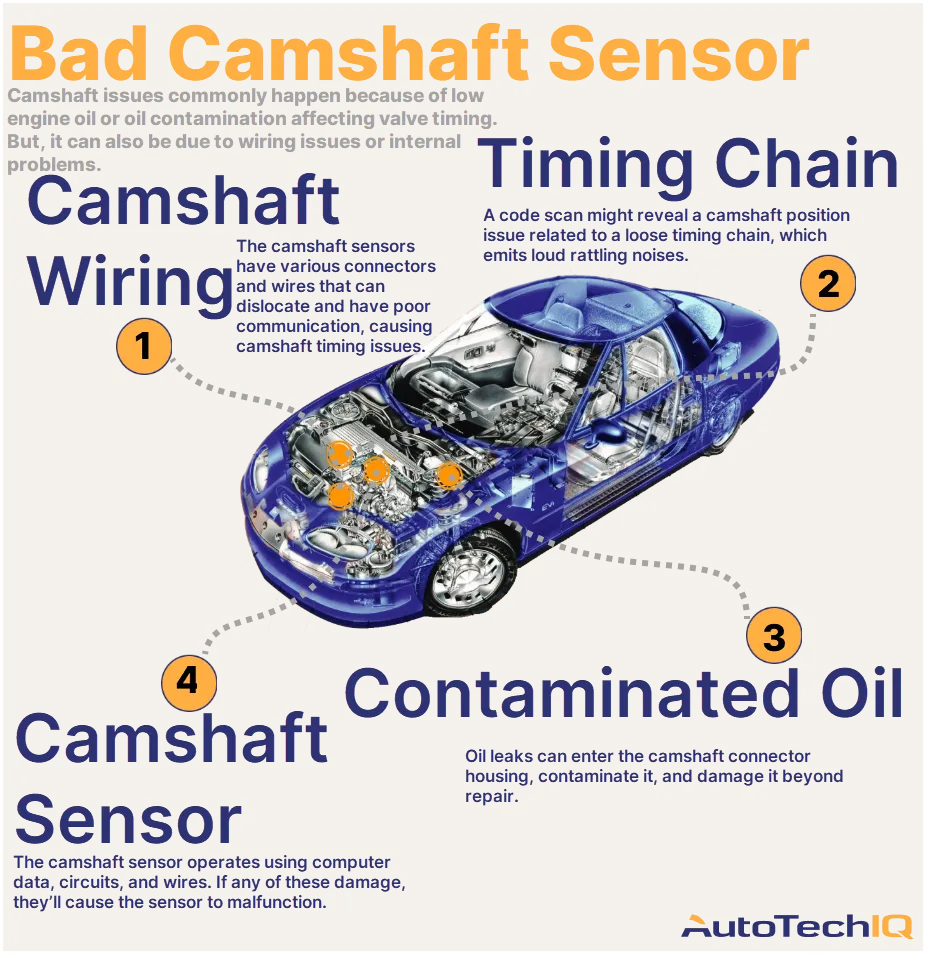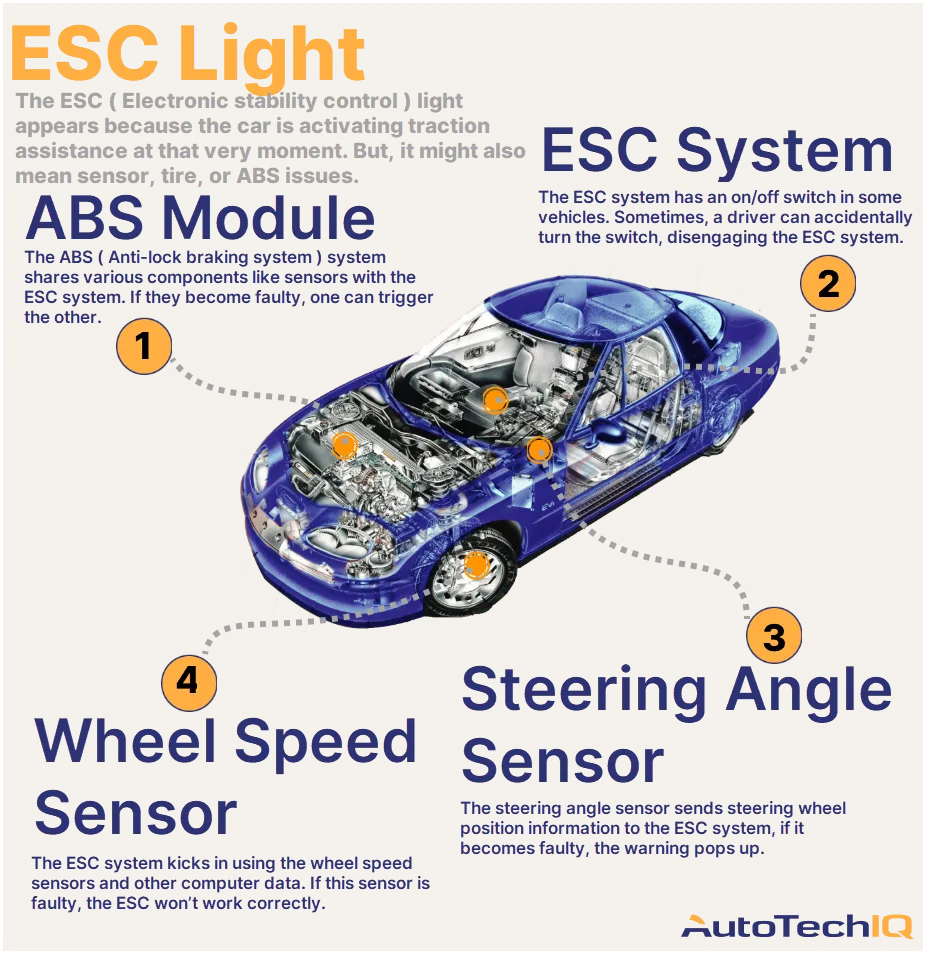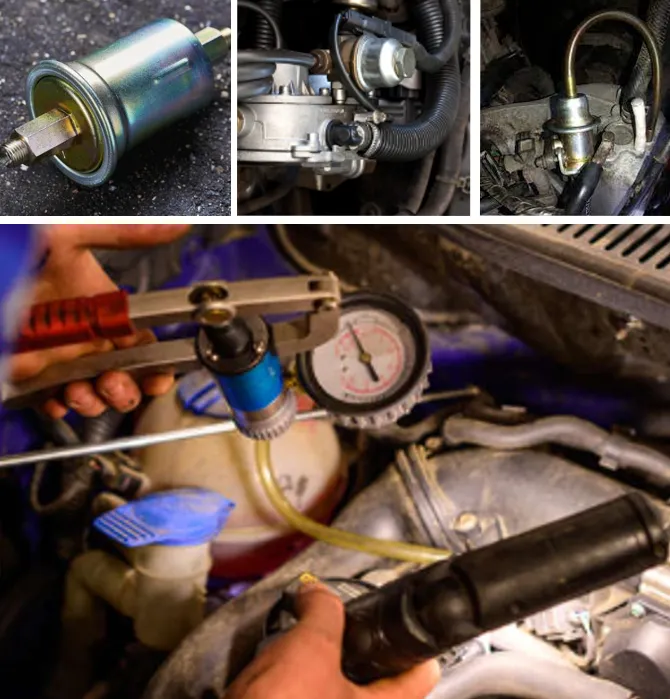
The fuel pressure regulator is one of the components of a car's fuel system, maintaining the fuel pressure within the injectors at set limits under different engine operating modes. This device maintains fuel pressure within established limits. It is often referred to as a "check valve" or "bypass valve." The fuel pressure regulator determines the volume and speed of fuel delivery to the car's cylinders.
In most cases, the fuel pressure regulator is installed before the fuel enters the injectors, on the car's fuel rail. The regulator facilitates fuel recirculation in the system, with excess fuel returning to the tank.
A malfunction of the fuel pressure regulator leads to the failure of the fuel system to perform its function.
There are several signs that may indicate a malfunction of the regulator:
- Incorrect engine operation, accompanied by uneven engine sound.
- The engine stalling in neutral gear.
- Jerking engine operation while driving.
- Strong exhaust fumes smell.
- Weak acceleration dynamics of the car.
- Delay in the car's response to gas pedal press.
- Increased fuel consumption.
It is important not to delay visiting a service center upon the appearance of any of these signs. It's crucial to notice and prevent the issue in time to avoid engine failure.
Structurally, the fuel pressure regulator is not repairable. In exceptional cases, it can be cleaned, but this procedure only temporarily extends the life of the device. Upon detecting a fault, the regulator is replaced with a new one.
Main causes of fuel pressure regulator failure:
- Breakage of the regulator's working spring.
- Seal breach in the housing.
- Mechanical wear and corrosion of contact surfaces.
- Clogging of channels.
In some cases, by pinching the return hose, you can confirm a malfunction of the regulator. However, this is only indicative of one type of fault, when the engine misfires and does not develop revs. If pinching the return hose causes all cylinders to operate correctly and the engine gains the required power, it's certain that the fuel pressure regulator is faulty and needs to be replaced.
For more accurate diagnostics, specialized equipment and additional knowledge are required, so for further repair, it's important to consult qualified mechanics at a service center. DIY repair attempts might worsen the situation or even damage the fuel system, so it's better to leave the problem to professionals.


